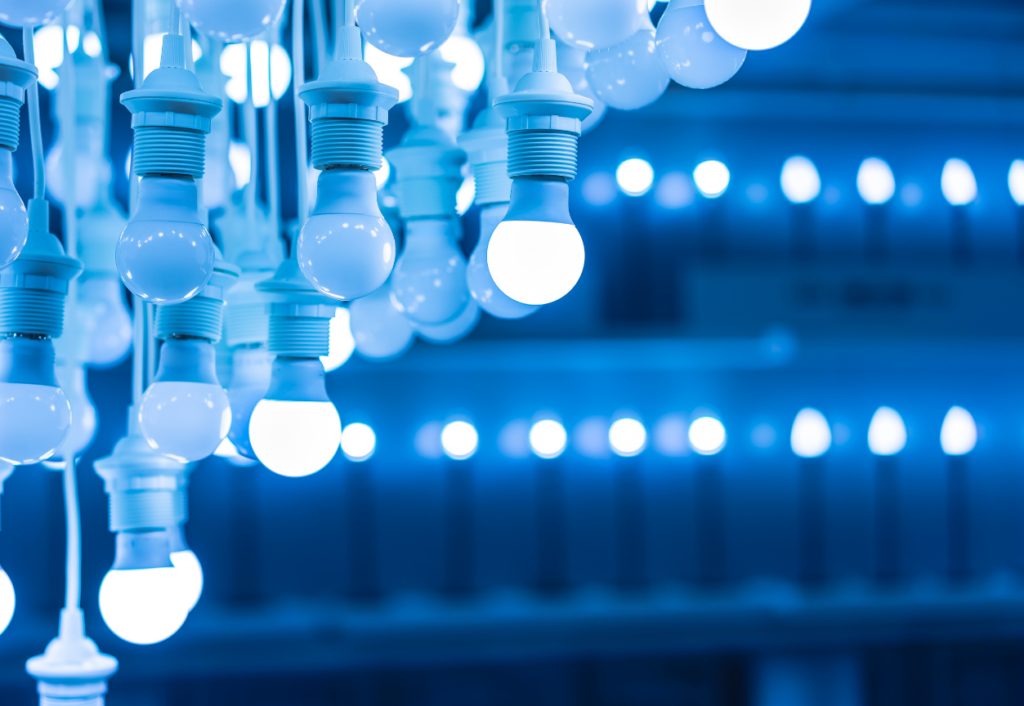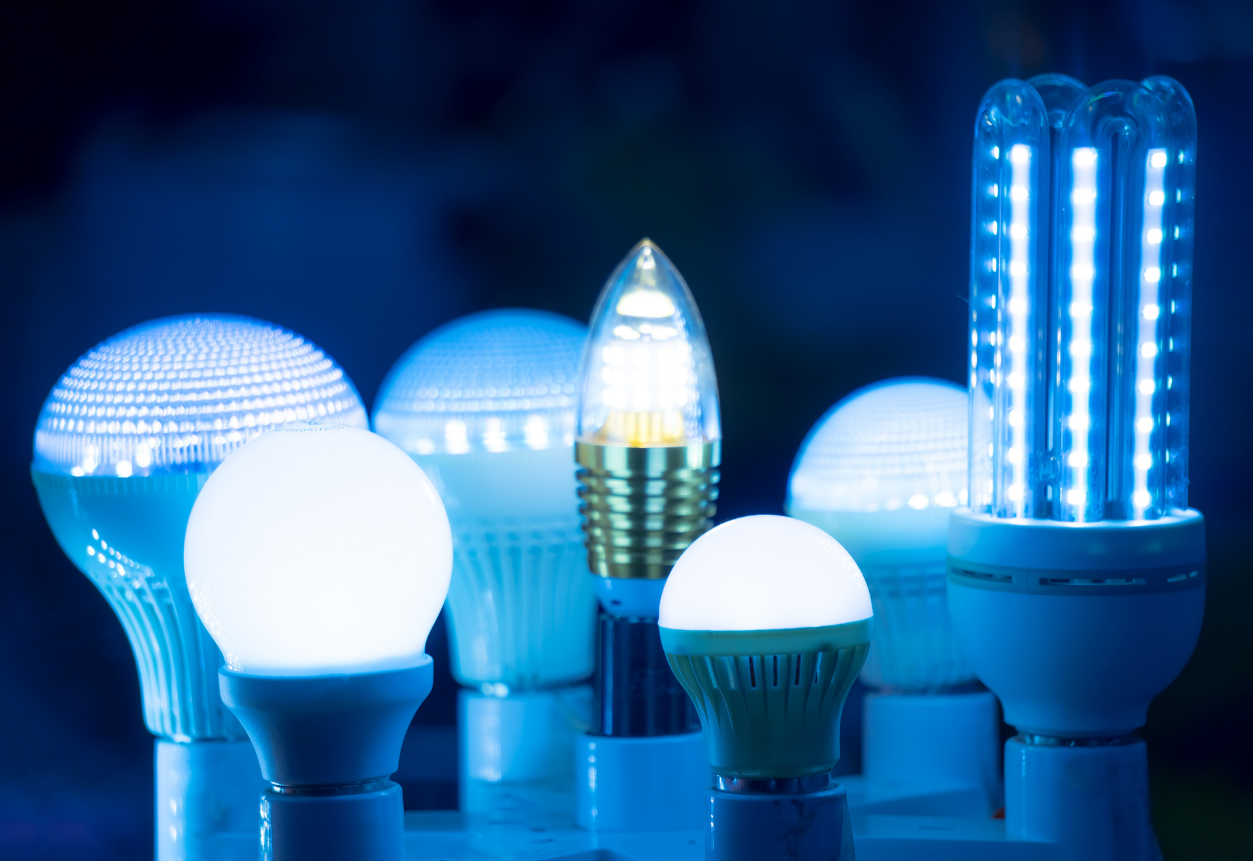Ever wondered why LEDs are so bright? This is a good question to ask as LED (light-emitting diode) lights are the new rage in home lighting. They are so bright because of their exceptionally high measured light output. The answer to the question ‘why are LEDs so bright?’ will reveal why LEDs are replacing incandescent bulbs and downlights in many applications, not just lights for homes.
LEDs are made up of a semiconductor that emits light when electrons move between two metals. The light emission comes from the diodes; an electrical charge is passed between the diodes, creating energy converted into light when the electricity runs through the wires. When the energy is lost, so does the energy in the diodes, and the light is emitted in the form of photons. Each pixel of an LED is composed of one diode, and the electrical charge changes as the charge changes, creating light.

This electrical charge doesn’t stop there though, the current flowing through the wires is changed into heat which, depending on the material the diode is made of, will either change it back to a higher voltage or, in the case of diodes, it can change it from high resistance to a low one, which will allow the current to flow even more efficiently. It means that even a small amount of energy can create a great deal of light but in such a small space. This is what makes LEDs so efficient and so bright. They offer more light per watt than any other source of light available today, including HID (High-Intensity Discharge) bulbs.
LED lights are made using a process called ‘dielectric conversion.’ This is different from the normal process used in most lighting, where a lamp is created using a filament. LEDs use the principle of dielectric effect to create light. It means that instead of the light being ‘created’ directly by the filament, it is created indirectly by an electric field that causes the filament to catch and trap electrons, giving off photons.
There are two different types of diodes used in LEDs. One is an N-type diode, which is like the common T5 bulbs. The other is an H-type diode, which is somewhat uncommon, and only found in some specialty lights. These special types of diodes can be customized to have either a higher or lower current capacity. Still, typically they will produce the same luminous output as the common ones.
An H-type diode produces more light because it has two positive polarity strands, which is how they work. The light that comes through these diodes is an electric current, but with a little twist. When the diode is turned on, the current turns the hydrogen in the sulfur dioxide (the main component of an H-type diode) into energy, then radiated out. The extra heat from the radiated energy makes the carbon atoms align themselves and forms a filament.
For a normal fluorescent bulb, the filament is made of just one glass fiber, making the light much more consistent. In a diode-type bulb, the filament is made up of three glass fibers, which allows for much more efficient glazing. The current produced by the diode is then routed to LED chips, where it is converted into light. It uses one long wire, but unlike a regular bulb, it has multiple wires woven into it, which allows for more brightness. Because of this, and because the wires can be bent into any shape, a variety of shapes can be put into a single Diode LED.
When talking about efficiency, the efficiency rate of each diode can vary quite a bit. In some designs, the efficiency may be as high as three hundred percent, while others can reach six hundred percent or higher. This difference comes from how tightly the diodes are wound onto the core of the transistor. The tighter the coil is wrapped around the core, the more output they will produce. Additionally, the temperature of the surrounding environment can also affect the efficiency of a diode, so the use of a cold diode can sometimes increase the light output.

